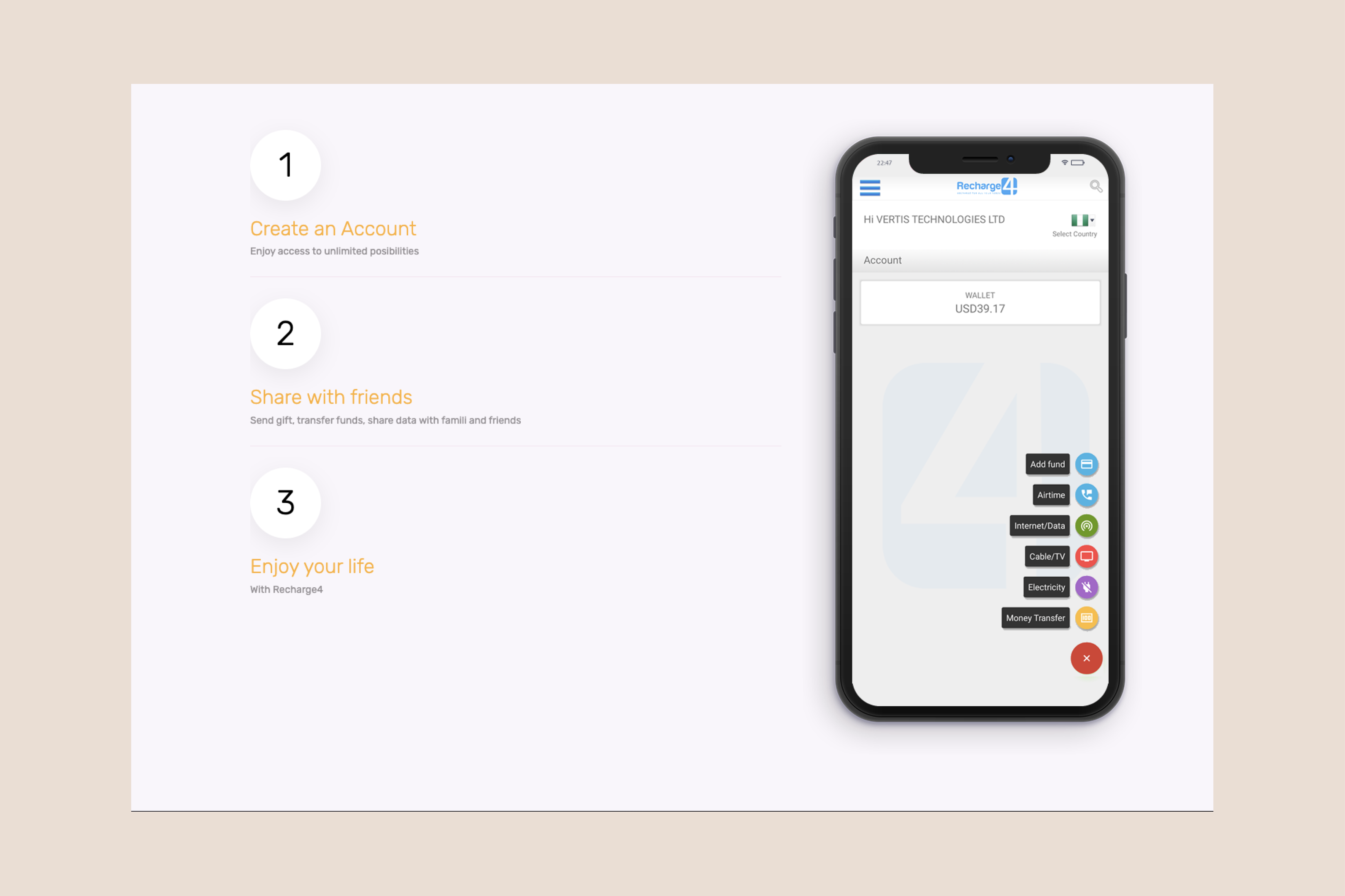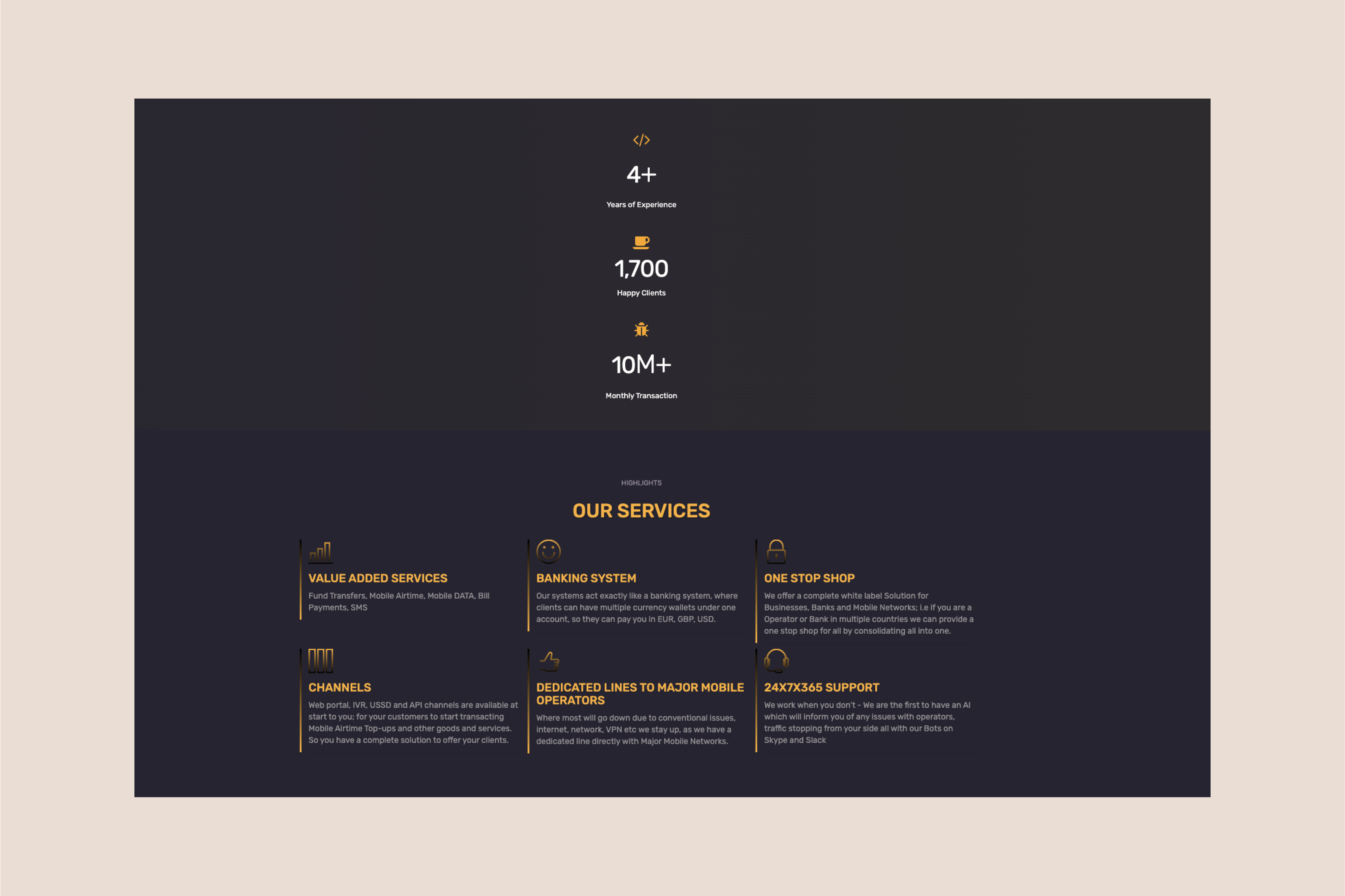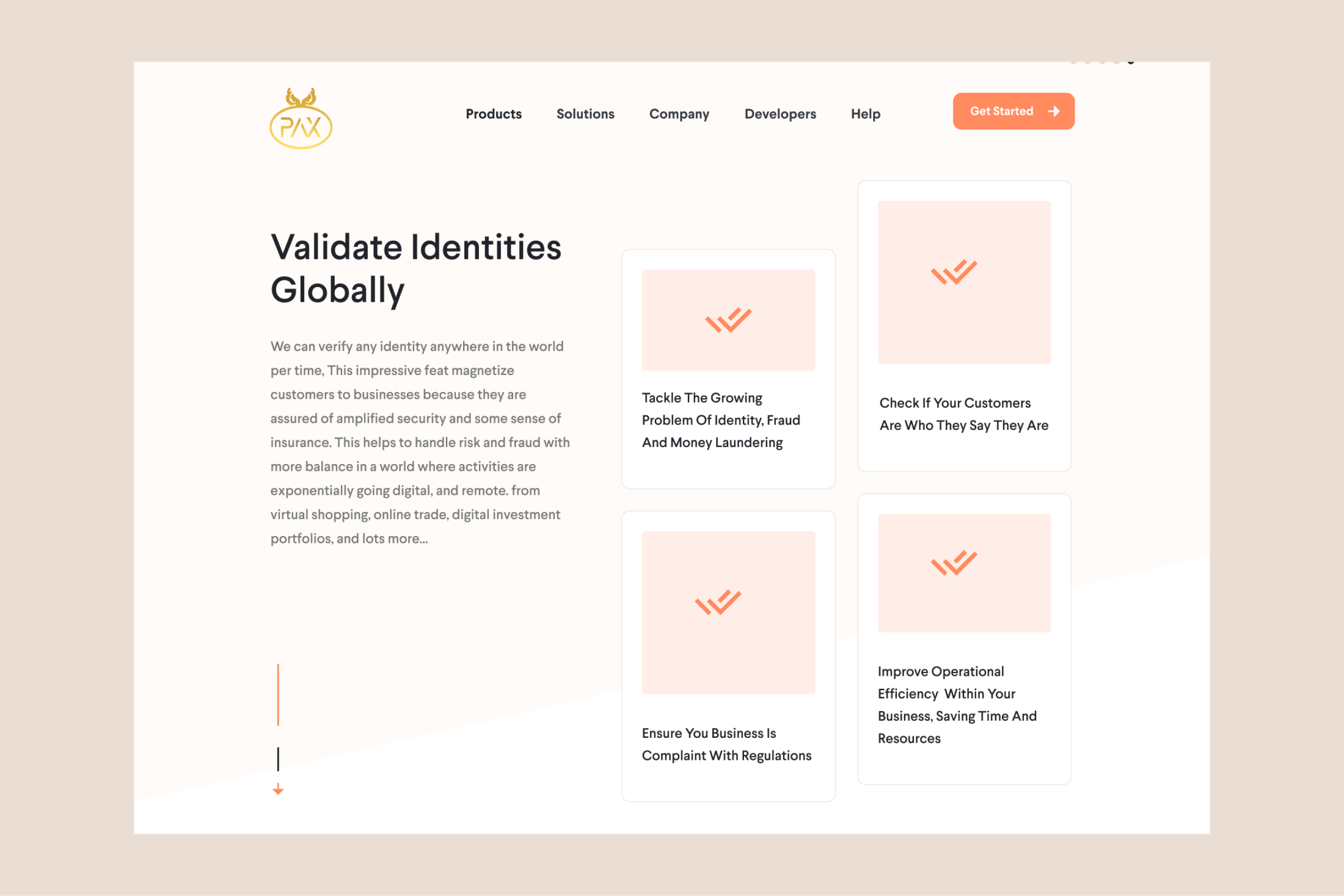Prime Airtime
Role
UX Copywriter
Timeline
10 days
Tools Used
Figma, Google Docs
Stakeholders
Lead designer, Frontend Developer, Client
This project involved revamping the brand's voice and tone and writing microcopies for the website.
Overview
Prime Airtime is a financial service provider that focuses on delivering dependable services.
Scope
Content redesign and copywriting
Reviewing the previous copy
As part of my work, I reviewed the user experience to identify any issues, challenges, and goals related to the previous copy.
Challenges
After conversing with the clients and design team, I discovered that the previous copies needed to have more adequately explained the business. The primary issues were: - The copies lacked creativity and were repetitive. - The tone of the writing was inconsistent, making it difficult to follow. - The language used was complex, making it hard for non-native English speakers to understand. - Additionally, the sentences were too lengthy, discouraging readers from taking action.
Audience Research
To gain better insights into the target users' goals, fears, and motivations, I analyzed two user groups: the client and the end-users. I aimed to create messaging that would effectively resonate with each user by addressing their specific needs. During my research, I found that both audiences emphasized "time" and "security."
Hypothesis
After reviewing the content, simplifying the copy flow to focus on clear and continuous value communication would increase engagement. This hypothesis guided the copywriting process.
Content Testing
During the testing phase, I conducted quick guerrilla testing on the landing page to validate the copy. I carefully selected participants based on my audience research, targeting individuals aged 20-30 who regularly use e-wallets and online verification services. As a result of the testing, it was confirmed that the copies were clear, easy to understand, and provided sufficient context about the company. The team was extremely pleased with the results. I was satisfied with the final copy, which utilized meaningful words for users.
Before UX




After UX




Outcome
Crafting messaging that resonated with both target audiences was key to gaining a competitive advantage. The copy had a broader appeal than rival messaging, targeting only a quarter of the audience. While the definition of successful content may vary depending on marketing objectives, I intend to measure metrics using Google's UX HEART framework (Happiness, Engagement, Adoption, Retention, Task Success) in addition to factors like traffic, repeat traffic, and call-to-action metrics such as inquiries and conversions.

